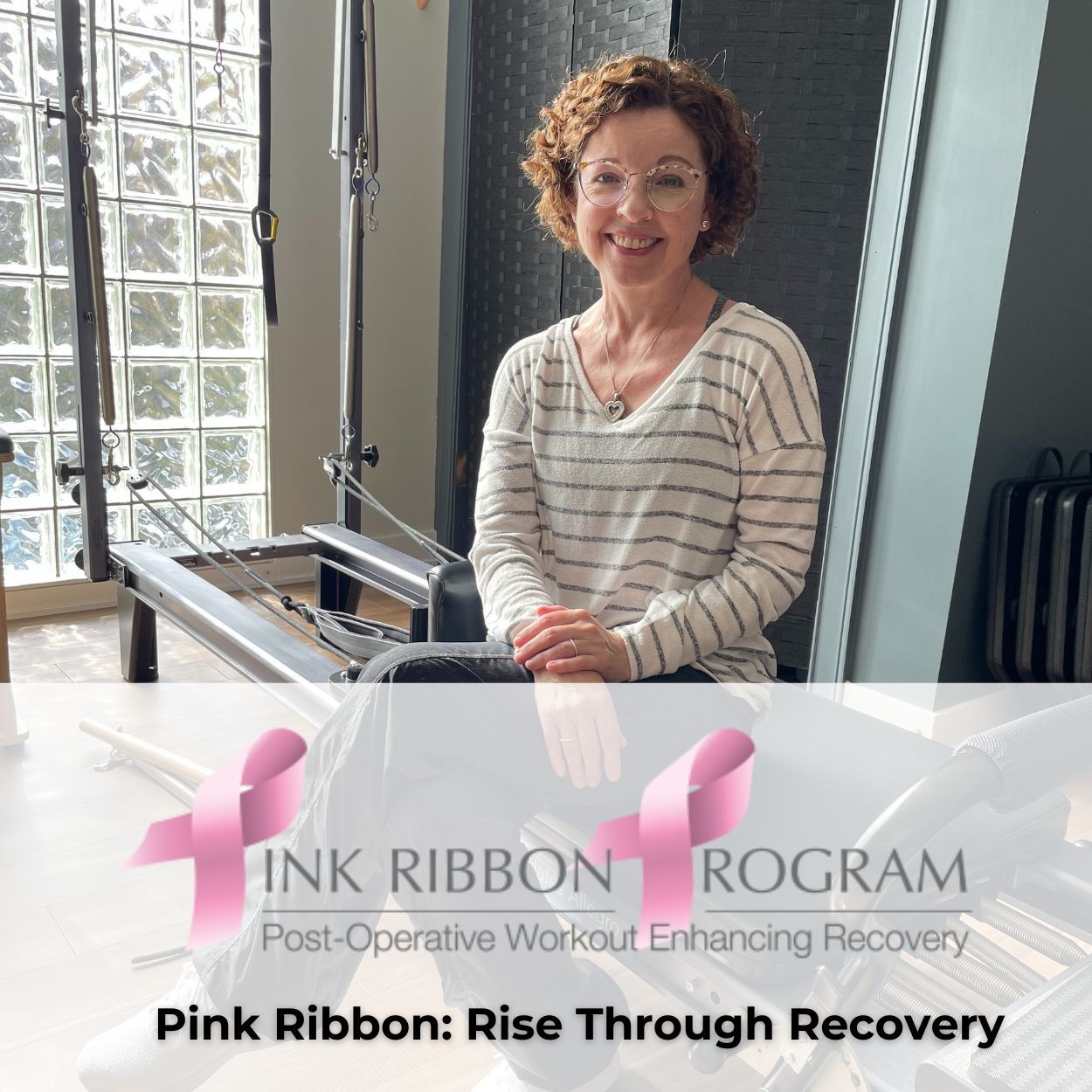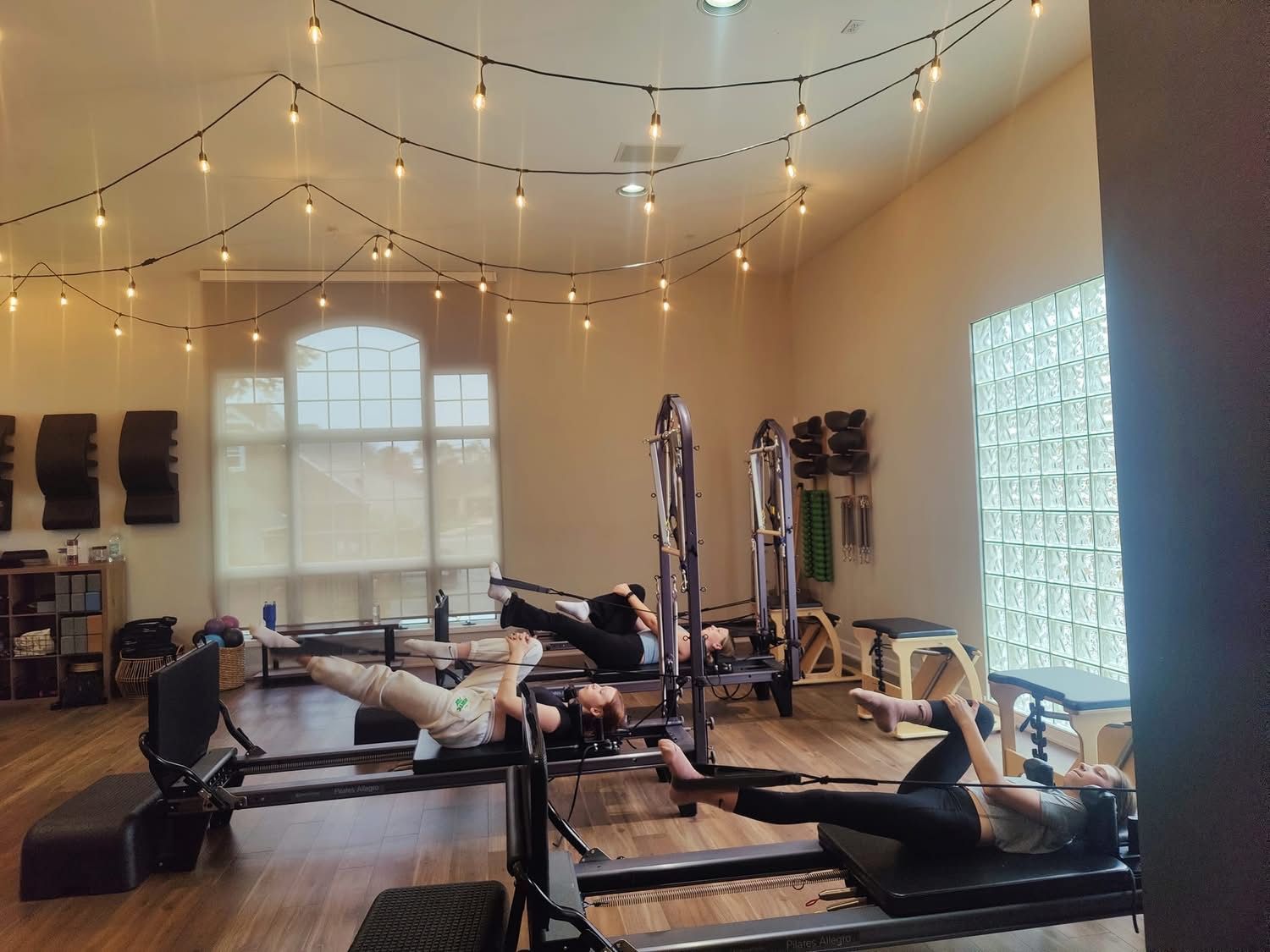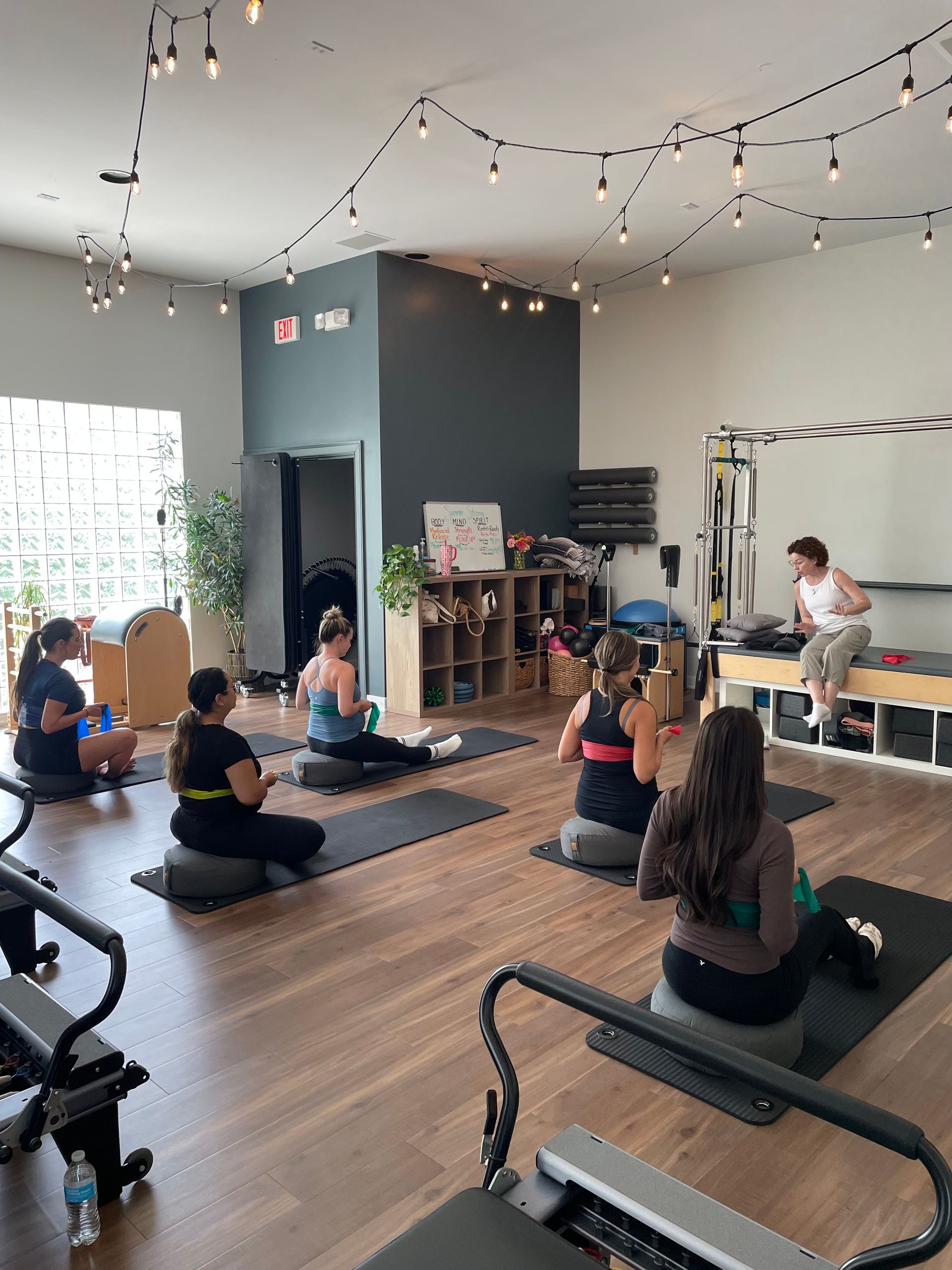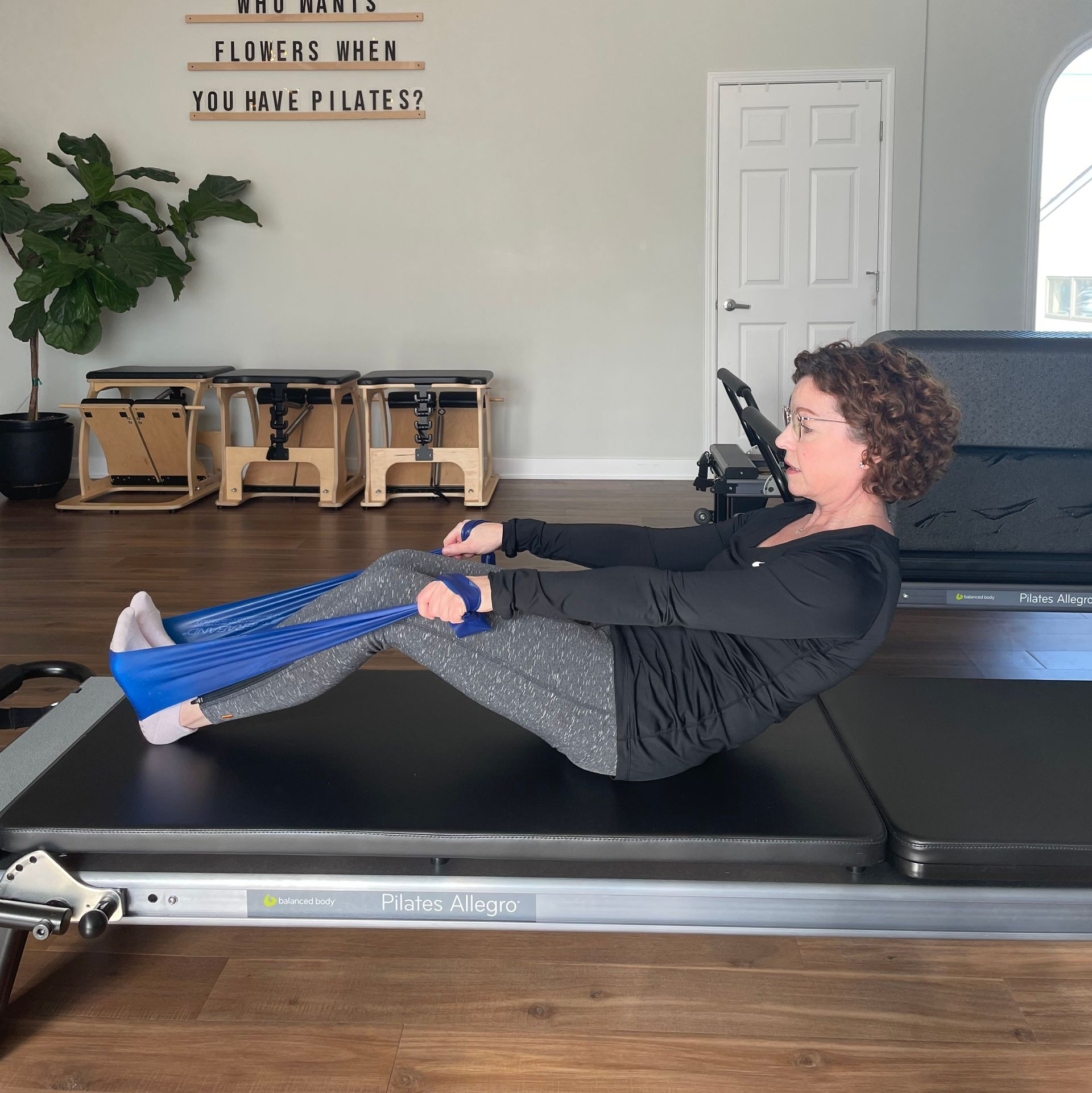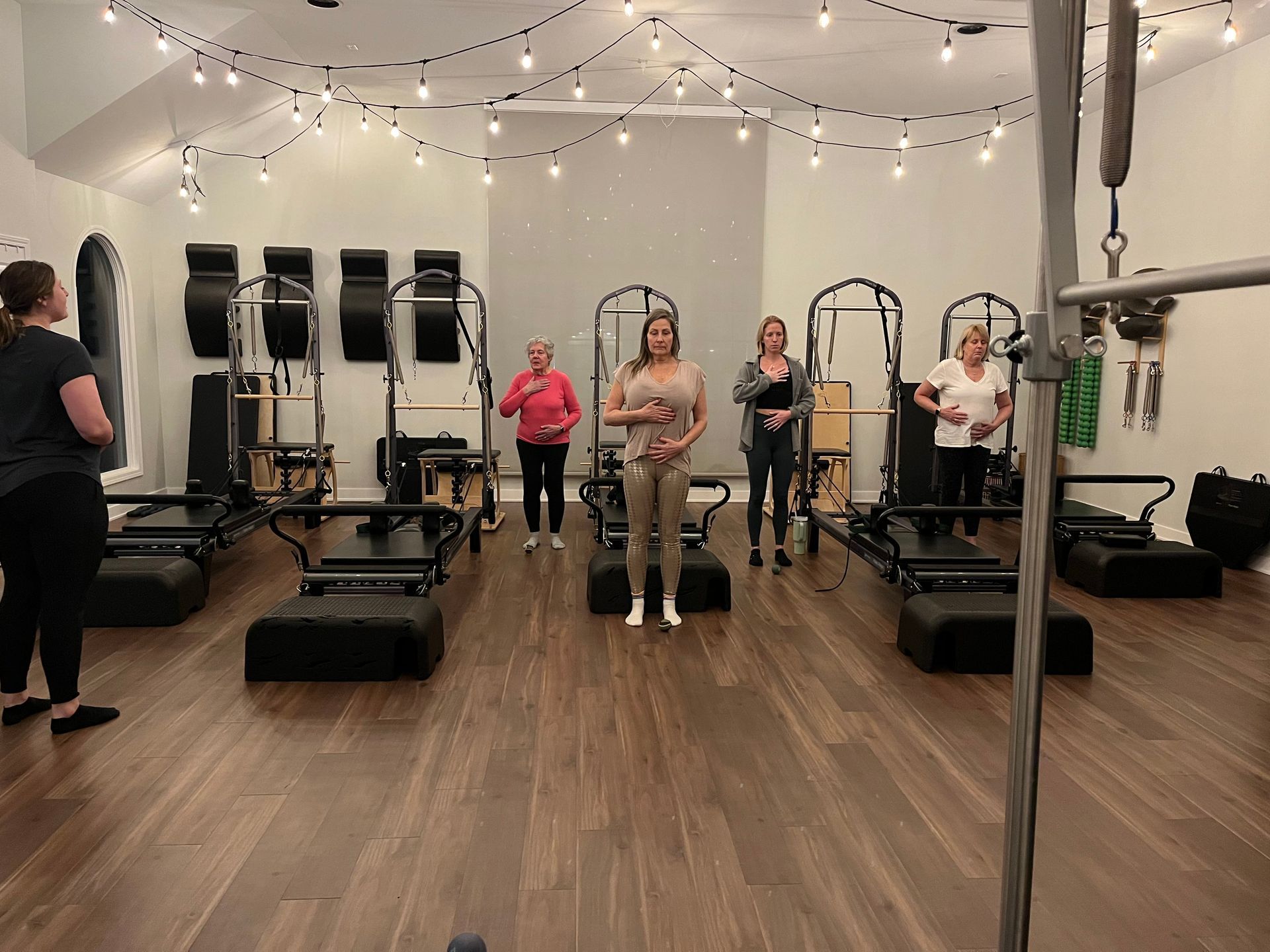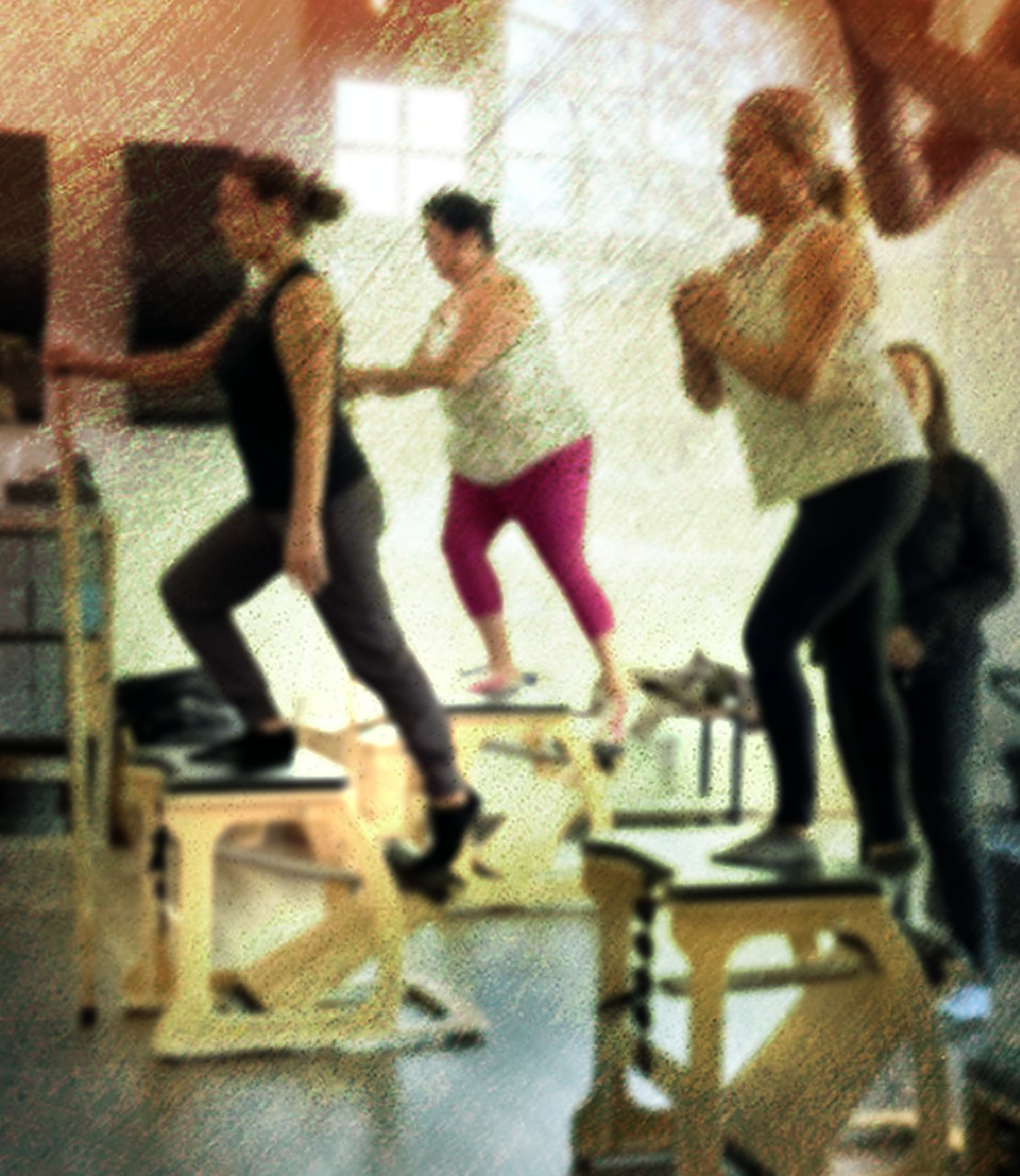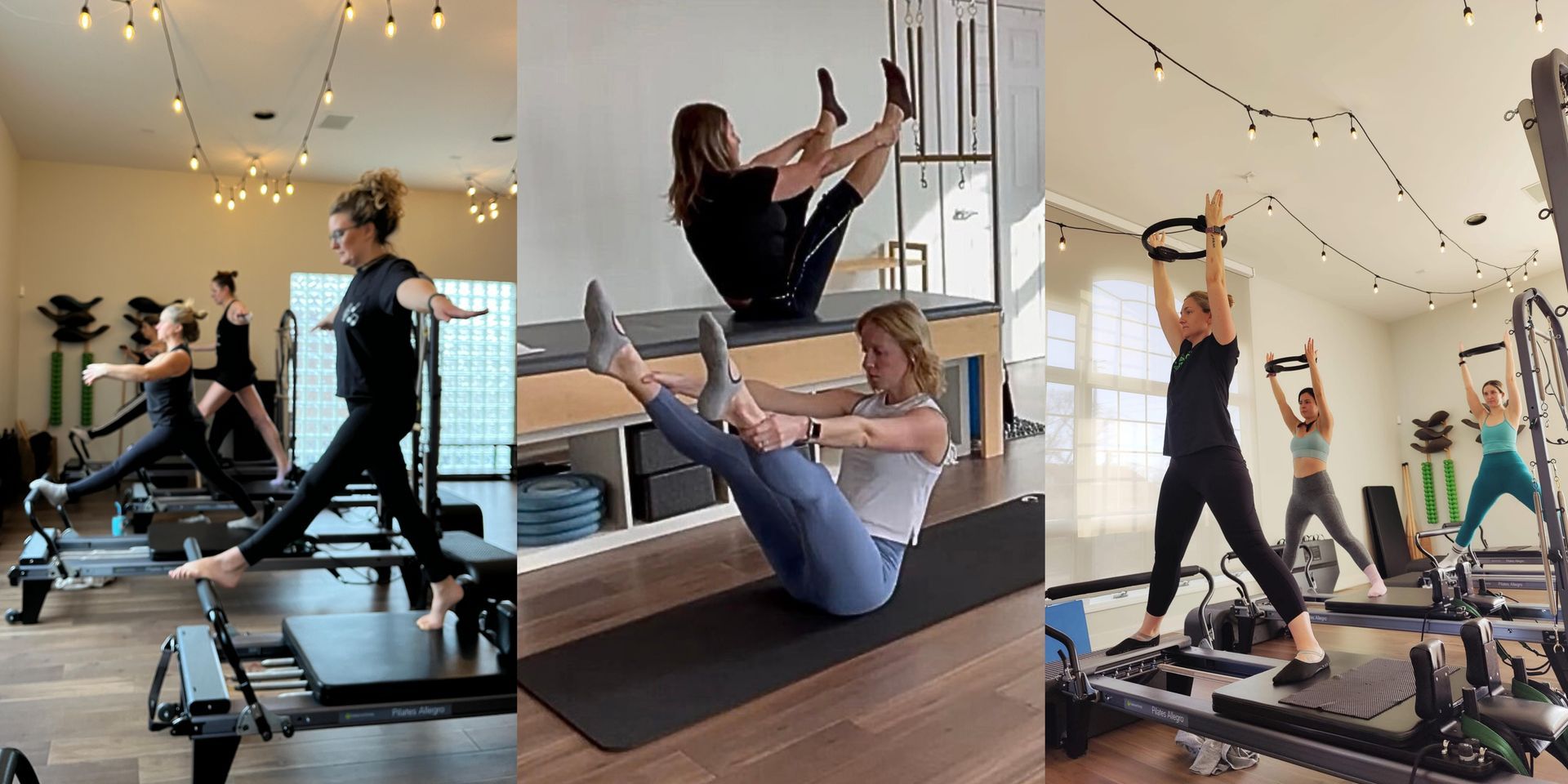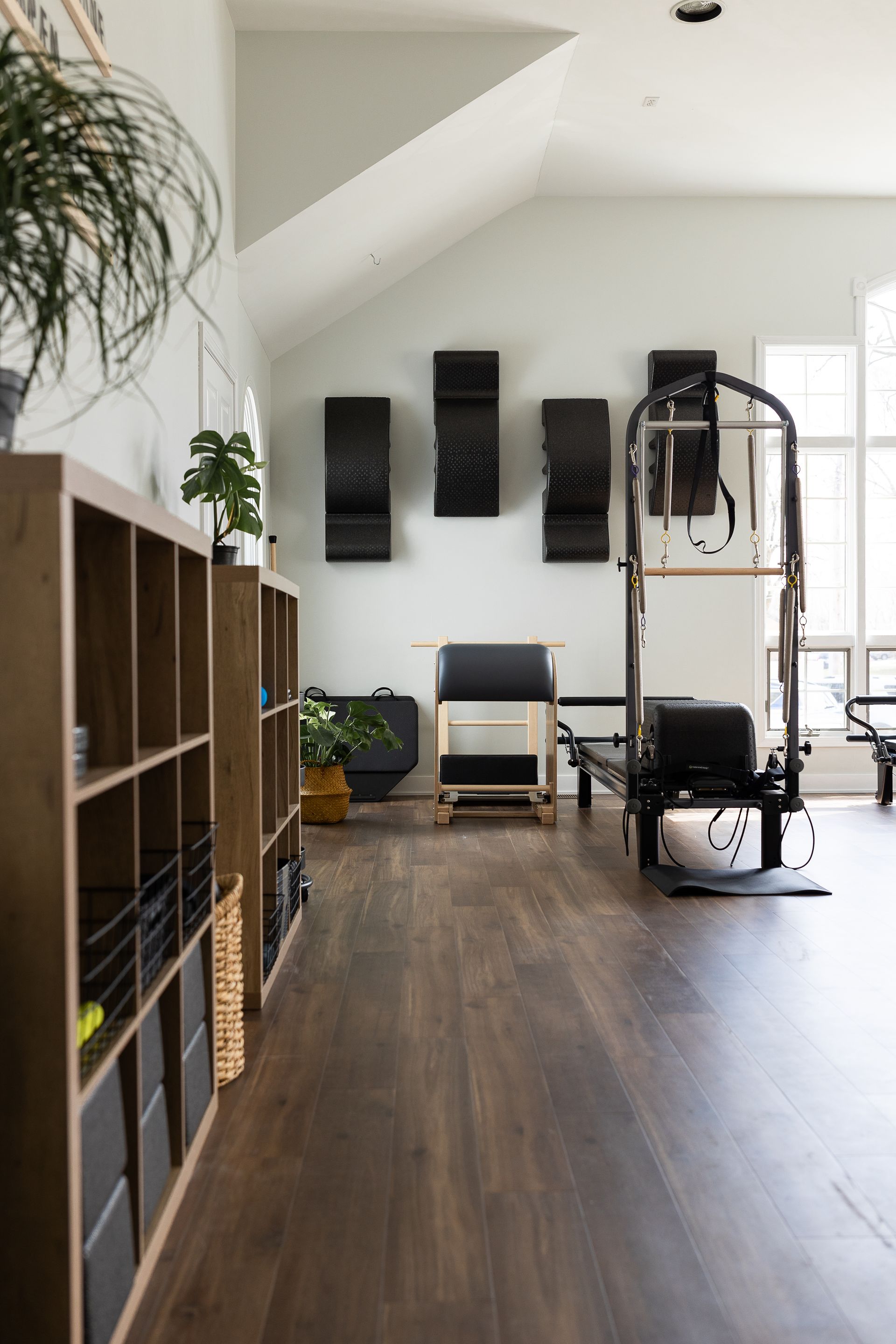Exploring The Foundations Of Classical Pilates
Are Classical Pilates For Everyone?
Though it seems to have increased in popularity for workouts and become something "new" in recent months, Classical Pilates is more than just a workout; it's a comprehensive system that focuses on strengthening the body, enhancing flexibility, and improving mental awareness. Developed by Joseph Pilates in the early 20th century, this method emphasizes the importance of core strength, body alignment, and controlled movements. In this article, we will delve into the foundations of Classical Pilates, explore its core principles, and understand how it can benefit your overall well-being.
Foundations of Classical Pilates
Classical Pilates is a method of exercise following the original teachings and exercises created by Joseph Pilates. Unlike many modern variations, which often incorporate contemporary techniques, Classical Pilates remains true to the original work, focusing on precision and control.
The foundation of Classical Pilates lies in six core principles. These principles guide every movement and exercise, ensuring that practitioners achieve the maximum benefit from their practice.
Concentration is the key to connecting mind and body during Pilates exercises. By focusing on each movement, you enhance your body awareness and improve your ability to control your actions.
Often referred to as "Contrology" by Joseph Pilates, control is essential in every exercise. Movements should be deliberate and precise, avoiding any jerky or hasty actions. Pilates emphasizes the importance of the "powerhouse," which includes the muscles of the abdomen, lower back, hips, and buttocks. By centering movements through this core area, you ensure stability and balance.
Flow ensures that exercises are executed with grace and fluidity. This principle encourages seamless transitions between movements, allowing for a continuous and harmonious workout. Precision requires attention to detail in every exercise. By focusing on the correct form and alignment, practitioners maximize the effectiveness of each movement and prevent injuries.
Proper breathing techniques are vital in Classical Pilates. Inhaling deeply and exhaling fully helps oxygenate the blood, relax the muscles, and facilitate smooth, controlled movements.
Classical Pilates offers numerous benefits that extend beyond physical fitness. By integrating these exercises into your routine, you can achieve a healthier, more balanced lifestyle.
As we previously discussed, one of the primary goals of Classical Pilates is to build core strength. The exercises target the deep muscles of the abdomen, back, and pelvis, providing a solid foundation for all bodily movements.
Focusing on aligning the body correctly, which helps improve posture and reduce the risk of injury, proper alignment in Pilates also ensures that muscles are used efficiently, enhancing overall performance.
CLASSICAL PILATES EXERCISES
Classical Pilates exercises stretch and lengthen the muscles, increasing flexibility and range of motion. This is particularly beneficial for those who experience stiffness or have a limited range of movement. The concentration and controlled breathing required in Pilates foster a sense of mental clarity and relaxation. Many who practice Pilates often find themselves feeling more focused and less stressed after a session.
Classical Pilates comprises a series of exercises designed to target specific muscle groups and enhance overall body strength and flexibility. Here are some fundamental exercises that form the basis of Classical Pilates practice.
The Hundred is a dynamic warm-up exercise that increases circulation and warms up the body. It involves pumping the arms while holding the legs in a tabletop position or extended straight.
The Roll-Up focuses on the abdominal muscles and improves spinal flexibility. It involves rolling the spine up and down from a lying position to a seated position and back again. This exercise targets the core and promotes stability. Lying on your back, alternate pulling one knee towards your chest while extending the other leg straight out.
The Spine Stretch Forward enhances flexibility in the spine and hamstrings. Sitting with legs extended, reach forward, allowing the spine to stretch and lengthen.
The Swan strengthens the back muscles and promotes spinal extension. From a prone position, lift the upper body while keeping the legs grounded.
The Bridge is common in Classical Pilates (and Reformer Pilates) and many times just feels good. This fundamental Pilates exercise strengthens hamstrings and glutes while engaging the core and spinal mobility.
The above exercises are just a few examples of Classical Pilates exercises. Additionally, there are many who may feel as if they cannot immediately achieve Classical Pilates exercise form or skill. The beauty of Pilates is that all exercises can be modified. To incorporate Classical Pilates into your fitness regimen, consider attending a class led by a certified instructor. A skilled instructor can provide personalized guidance, ensuring that you perform exercises correctly and safely.
If attending a class isn't always possible, you can still practice Pilates at home. Begin with simple exercises and gradually progress to more challenging ones. Here at Rise, many of our members begin with private Pilates lessons to learn the fundamentals. Private lessons also can help guide those who want to create a regular at home practice.
So to answer the question Are Classical Pilates For Everyone: The answer is a resounding yes. Classical Pilates can be beneficial for every body type, age and condition. Like any exercise program, consistency is crucial to achieving the benefits of Classical Pilates. Aim to practice regularly, ideally two to three times a week, to see noticeable improvements in strength, flexibility, and overall well-being.
Classical Pilates truly offers a holistic approach to fitness, combining physical exercise with mental focus and relaxation. By understanding its core principles and techniques, you can enhance your body awareness, improve your strength and flexibility, and achieve a balanced lifestyle. Whether you're new to Pilates or a seasoned practitioner, embracing the foundations of Classical Pilates can be a transformative journey toward better health.
